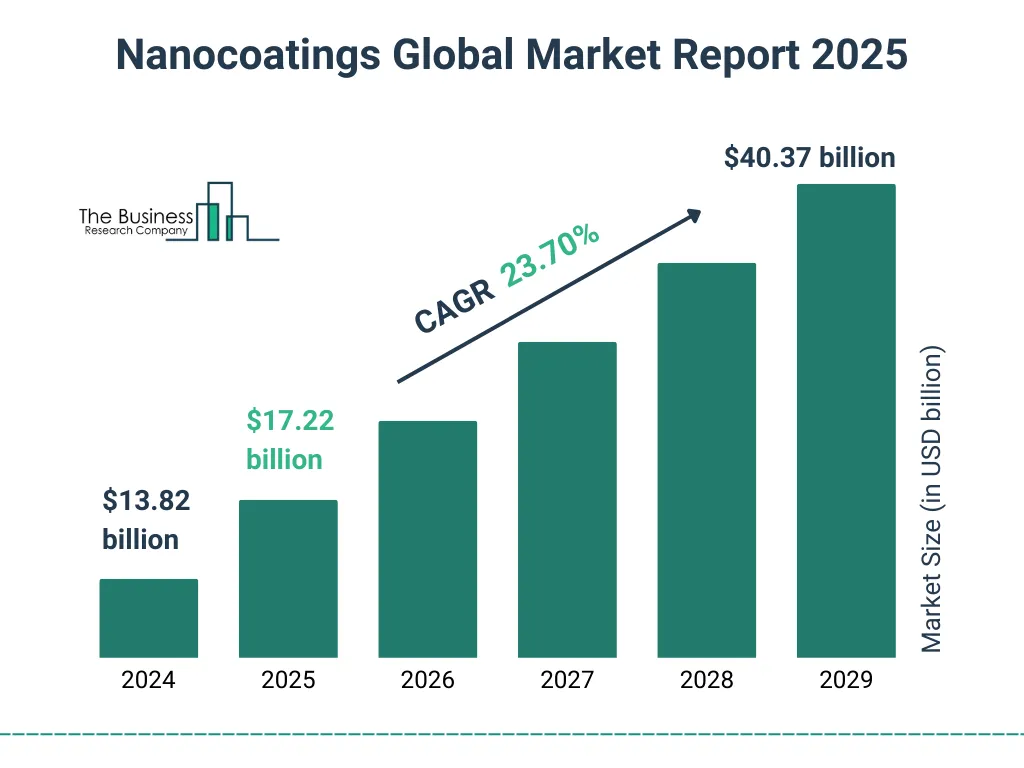The marine nanocoating market is on a clear upward trajectory, and the reasons why are as fascinating as they are critical to the future of maritime operations. Valued at USD 442.9 million in 2025, it’s projected to hit USD 756.6 million by 2035, growing at a steady 5.5% CAGR. This isn’t just about numbers—it’s about a fundamental shift in how the industry approaches efficiency, compliance, and sustainability.
At the heart of this growth is the push for operational efficiency. Shipowners and fleet managers are no longer just looking to protect their hulls; they’re looking to optimize them. Advanced nanocoatings reduce fouling buildup, maintain smoother surfaces, and support propulsion efficiency, which directly translates to lower fuel consumption and stabilized operating costs. For commercial shipping companies running container vessels, tankers, and bulk carriers, this is a game-changer. It’s not just about cutting costs—it’s about predictability. In an industry where fuel prices can swing wildly, anything that stabilizes voyage operating costs is a big win.
Then there’s the environmental angle. Stricter regulations from the International Maritime Organization (IMO) and regional environmental protection mandates are driving the transition from traditional biocides to advanced nanocoatings. These new formulations offer superior fouling resistance without the ecological footprint, making them a no-brainer for shipowners looking to stay ahead of compliance requirements. The IMO’s protocols are pushing the industry toward innovative, sustainable solutions, and nanocoatings are stepping up to the plate.
But it’s not just about compliance—it’s about performance. Naval organizations are enhancing hull coating standards to ensure consistent mobility across deployment conditions while reducing drydock cycles. For military vessels, where performance and reliability are non-negotiable, nanocoatings are becoming a critical component. The ability to maintain hull integrity and reduce maintenance downtime is a significant advantage, especially in high-stakes operations.
The offshore sector is another key driver. As offshore oil and gas platforms and wind infrastructure expand, the demand for protective coatings that can withstand saltwater exposure and biological fouling grows. These structures require coatings that deliver long-term durability and mechanical strength, making nanocoatings an ideal solution.
Material science is at the core of this market’s growth. Coating manufacturers are developing nanoscale formulations that create low-energy surface interfaces, improve corrosion resistance, and enhance durability. The integration of multiple protection mechanisms into a single coating system is a significant advancement, offering shipowners a comprehensive solution that simplifies application and maintenance.
Regionally, Asia Pacific is leading the charge, driven by large-scale shipbuilding and naval modernization. China and India are at the forefront, with CAGRs of 7.4% and 6.9% respectively. Europe is close behind, with Germany at 6.3%, thanks to its strict environmental regulations and performance certification standards. North America, with the U.S. at 5.2%, is steady, driven by military fleet maintenance programs and the standardization of coating quality protocols.
The market isn’t without its challenges, though. Application complexity, performance validation across diverse marine environments, and the cost premium compared to traditional coatings are hurdles that need to be addressed. However, the industry is rising to the occasion with innovations like hybrid coating systems, bio-inspired surface designs, and digital monitoring integration. These advancements are not just improving performance—they’re reshaping the way the industry thinks about hull protection.
In the end, the marine nanocoating market is more than just a growth story—it’s a testament to the industry’s commitment to efficiency, sustainability, and innovation. As shipowners, naval organizations, and offshore operators continue to prioritize advanced coating technologies, the market will only continue to evolve, setting new standards for maritime operations.

